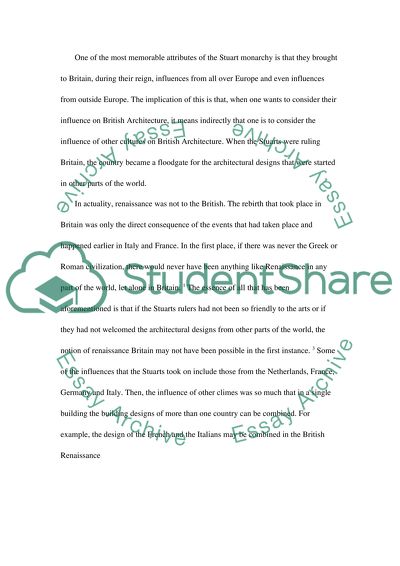Cite this document
(“To What Extent Was the Advent of Renaissance Architecture in Britain a Essay”, n.d.)
Retrieved from https://studentshare.org/architecture/1431073-to-what-extent-was-the-advent-of-renaissance
Retrieved from https://studentshare.org/architecture/1431073-to-what-extent-was-the-advent-of-renaissance
(To What Extent Was the Advent of Renaissance Architecture in Britain a Essay)
https://studentshare.org/architecture/1431073-to-what-extent-was-the-advent-of-renaissance.
https://studentshare.org/architecture/1431073-to-what-extent-was-the-advent-of-renaissance.
“To What Extent Was the Advent of Renaissance Architecture in Britain a Essay”, n.d. https://studentshare.org/architecture/1431073-to-what-extent-was-the-advent-of-renaissance.


